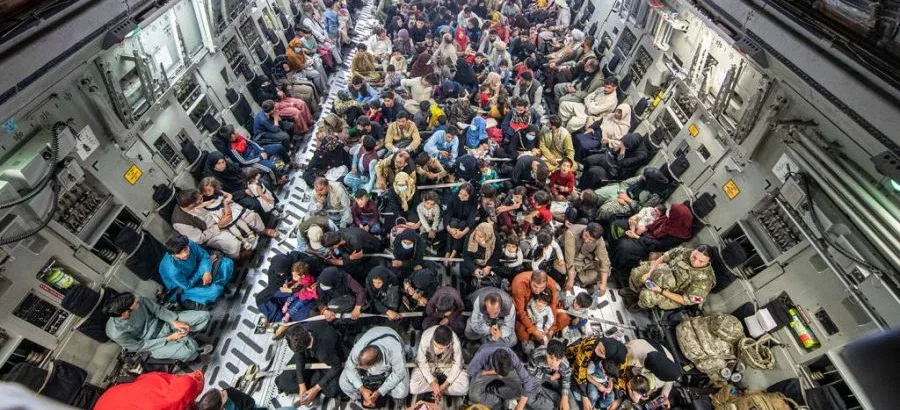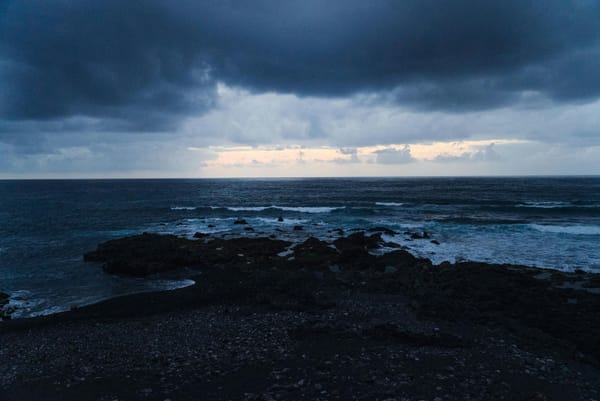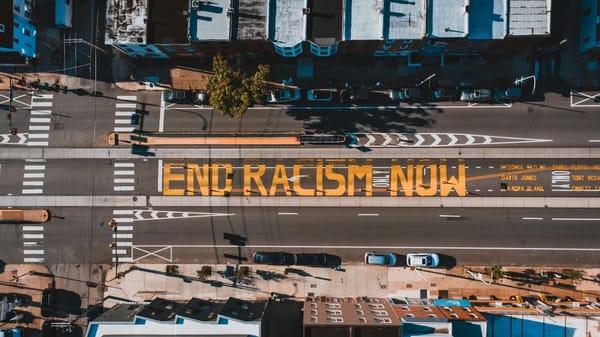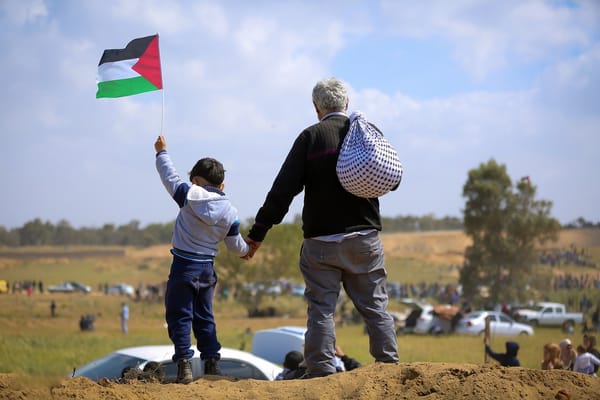Afghan People Deserve Better than the West’s Islamophobic Media Coverage
Between click baits, insensitive headlines and white saviour narratives, the mainstream media needs to check itself - and fast.

Access the Audio Read version of this article directly on Spotify for Podcasters.
Following the Taliban takeover of Kabul in August 2021, news agencies, media organisations, and social media were quickly filled with stories regarding the horrors of the Taliban rule, and heartbreaking coverage showing Afghans trying to flee the country while they could. While people across all cultures have been crying for justice, in the midst of a humanitarian crisis that has shaken most of the globe, the Daily Mail’s coverage of the ‘Trendy Taliban’ is rightfully being called out – for possibly being the worst way to cover the issue. But is it actually the worst? While it’s easy to call out a sensationalised and poorly thought out headline from a tabloid for being highly insensitive, we must also wonder about the stories causing quieter, longer-term damage.
In the past two weeks, as news coverage reported chaotic and fearful conversations of what the Taliban rule means for Afghanistan, one question has stood out: “what will happen to the women?” MP Zarah Sultana, among a few others, didn’t take this question lightly. She quickly called out the double standards within the mainstream media that champion women’s rights while not listening to the women who need it the most. “It’s interesting that the people arguing for Britain to continue its war on Afghanistan “to protect women’s rights” are the same people who justify Britain selling arms to the Saudi regime,” she tweeted on 19 August 2021. Sultana’s well-put concerns bring attention to the fact that the worry about Afghan women isn’t actually directed towards Afghan women’s wellbeing, but is rather mourning the failure of white feminism in Afghanistan.
Mainstream media coverage of Afghanistan has been nothing but dominated by the image of the burqa, with foreign journalists fully covered and now donning burqas and headscarves, often compared to images of Afghanistan under Western occupation – when women could roam around in more ‘acceptable Western clothing’. This stark before-and-after portrays Western occupation as the saviour of Afghan women – and yet when occupying governments left Afghanistan, they left behind very little for the women they claimed they were ‘saving’. These portrayals eliminate the experiences of millions of Afghans who do not live in Kabul and who follow tribal customs. It displays an image where a woman in a burqa cannot be independent, and forces Afghan women to shed their culture and traditions to be seen as ‘worth saving.’
“Desperate Afghan Women Wait For US Protection, As Promised,” says a New York Times article headline, which details the dangers faced by the Afghans who worked with US officials and military. In the wake of the US exit from Afghanistan, it is becoming increasingly clear that attempts to empower Afghan women never existed in their own right. Rather, the idea of Afghan women needing saving was simply used to justify a war, against a threat that was once created by the very powers that now claim to fight it. Afghanistan has long been used as both a battleground and a tool by global powers, and its people have paid the price. While the New York Times article discusses the dangerous position of Afghans who were once cooperating with US officials regardless of gender, the headline specifically points towards women. The click bait falls into the dangerous narrative of – once again – villifying Muslim men for their very existence, likening all of them to the Taliban (more so if they have a beard or wear traditional clothes), and essentially deems them less worthy of saving.
Even after occupying powers have made it obvious that they could no longer fix the chaos they created, they continue to attempt to create smoke screens to shift the blame elsewhere. By turning it into a women’s rights issue, the media makes Muslim men and Islamic countries the villain they so desperately need to lessen their white guilt – amplifying Islamophobic narratives in the West, and conveniently taking the blame away from occupying countries and their militaries.
These narratives make the situation infinitely worse for Afghan refugees when they do manage to get to the West because most of them will be seen as either terrorists or helpless victims whose stories will be capitalised on by the media with little autonomy. By turning Afghanistan into a gender issue, we take away from it being a major political failing. One that seeks to threaten the identity of Afghanistan, its flag, its constitution, and the very citizenship rights by which Afghan people can live safely in their country. After decades of having little to no autonomy, Afghans might once again lose any possibility of democracy that may have appeared at the US exit. The burqa might just be the least of their worries.





